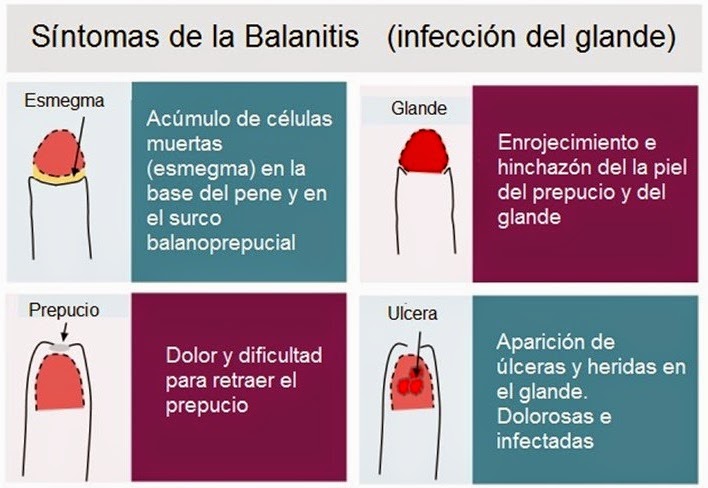What Are Bolitas En La Vulva? Symptoms & Treatment

The appearance of small bumps or lesions on the vulva can be a cause for concern and uncertainty, especially when they are referred to by terms that may not be widely recognized, such as “bolitas en la vulva.” These bumps, which translate to “little balls on the vulva,” can be associated with various conditions, some of which may require medical attention. Understanding the possible causes, symptoms, and appropriate treatments for these bumps is essential for maintaining vulvar health and alleviating concerns.
Causes of Bolitas en la Vulva
The term “bolitas en la vulva” is colloquial and not a medical diagnosis. However, it can refer to several types of skin lesions or growths that appear as small, rounded bumps on the vulva. Some common causes include:
Fordyce Spots: These are small, yellowish or white bumps that can appear on the vulva, lips, or elsewhere on the body. Fordyce spots are benign and represent visible sebaceous glands.
Molluscum Contagiosum: A viral infection that causes small, pearly, or flesh-colored bumps. The virus is contagious and can spread through skin-to-skin contact.
Genital Warts: Caused by the human papillomavirus (HPV), these can appear as small, flesh-colored or gray swellings in the vulvar area. They are contagious and can be treated.
Vulvar Cysts: Fluid-filled sacs that can form on the vulva. They are usually harmless but can become inflamed or infected.
Skin Tags: Benign growths that can occur anywhere on the body, including the vulva. They are usually harmless but can be removed for aesthetic or comfort reasons.
Bartholin Gland Cysts: The Bartholin glands are located on each side of the vaginal opening and can become blocked, leading to cyst formation. These cysts can become infected and form an abscess.
Symptoms
The symptoms associated with bolitas en la vulva can vary depending on the underlying cause. Common symptoms include:
- The presence of small, rounded bumps on the vulva
- Discomfort or itching in the vulvar area
- Redness or swelling, especially if the bumps become inflamed or infected
- Increased sensitivity
- Discharge or unusual odor, which could indicate an infection
Treatment
The treatment for bolitas en la vulva depends on the cause of the bumps:
Fordyce Spots: Generally, no treatment is necessary as they are harmless. However, for cosmetic reasons, they can be treated with isotretinoin, laser therapy, or other methods.
Molluscum Contagiosum: Can be treated with cryotherapy (freezing the bumps), imiquimod cream, or canntharidin. In some cases, the bumps may resolve on their own.
Genital Warts: Treatment options include cryotherapy, imiquimod cream, or podofilox solution. In some cases, the warts may need to be surgically removed.
Vulvar Cysts: If a cyst becomes inflamed or infected, it may need to be drained or treated with antibiotics. In some cases, surgical removal may be recommended.
Skin Tags: Can be removed with minor surgery, cryotherapy, or excision.
Bartholin Gland Cysts: Treatment involves addressing any infection with antibiotics and may require drainage of the cyst. In recurrent cases, marsupialization (a surgical procedure to create a new duct for the gland) or removal of the gland may be necessary.
Importance of Medical Evaluation
It’s crucial to consult a healthcare provider for an accurate diagnosis and appropriate treatment plan. Self-diagnosis can lead to incorrect treatments and delayed diagnosis of more serious conditions. A medical professional can perform a physical examination, take a complete medical history, and possibly order further tests (such as a biopsy or cultures) to determine the cause of the bumps.
In conclusion, while the term “bolitas en la vulva” refers to a colloquial and not medically defined condition, understanding the possible causes and seeking medical evaluation is key to addressing any discomfort or health concerns associated with bumps on the vulva. Early diagnosis and appropriate treatment can help alleviate symptoms, prevent complications, and ensure overall vulvar health.
What are the common causes of bolitas en la vulva?
+Bolitas en la vulva can refer to several conditions, including Fordyce spots, molluscum contagiosum, genital warts, vulvar cysts, skin tags, and Bartholin gland cysts. Each of these conditions has distinct characteristics and may require different treatments.
How are the bumps on the vulva diagnosed?
+Diagnosis typically involves a physical examination by a healthcare provider, who may also take a complete medical history. In some cases, further tests such as biopsies or cultures may be necessary to determine the cause of the bumps accurately.
Can bolitas en la vulva be treated at home?
+While some conditions may resolve on their own or can be treated with over-the-counter remedies, it’s essential to consult a healthcare provider for an accurate diagnosis and appropriate treatment plan. Self-treatment can lead to delayed diagnosis of more serious conditions and inappropriate use of medications.
Are all bumps on the vulva a cause for concern?
+Not all bumps on the vulva are a cause for concern. Many conditions are benign and do not require treatment. However, any new or changing bumps should be evaluated by a healthcare provider to determine the cause and appropriate management.
Can I prevent bolitas en la vulva?
+Prevention measures depend on the cause. For example, practicing safe sex can reduce the risk of genital warts and molluscum contagiosum. Maintaining good hygiene and avoiding tight clothing can help prevent irritation and infection. However, not all causes can be prevented, and regular check-ups with a healthcare provider are crucial for early detection and treatment.

